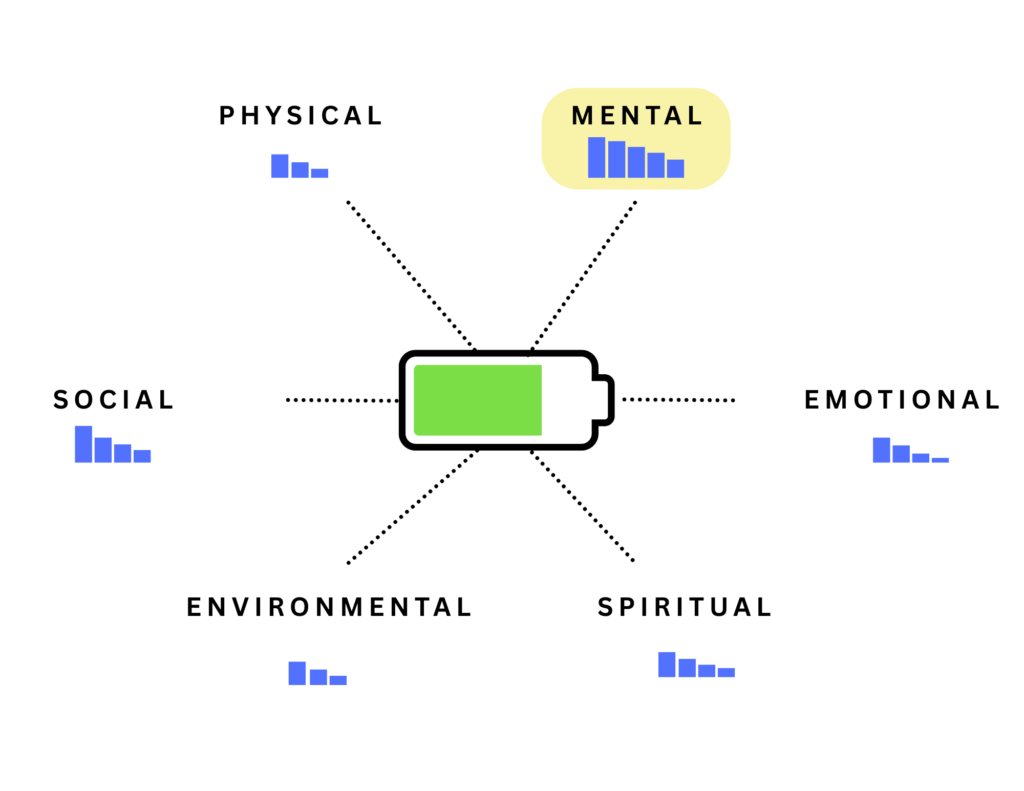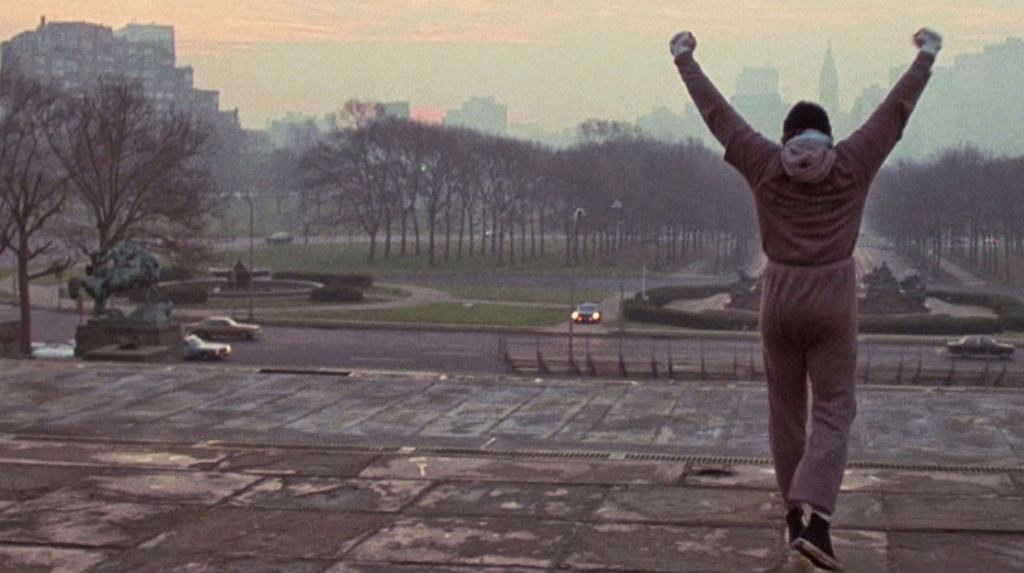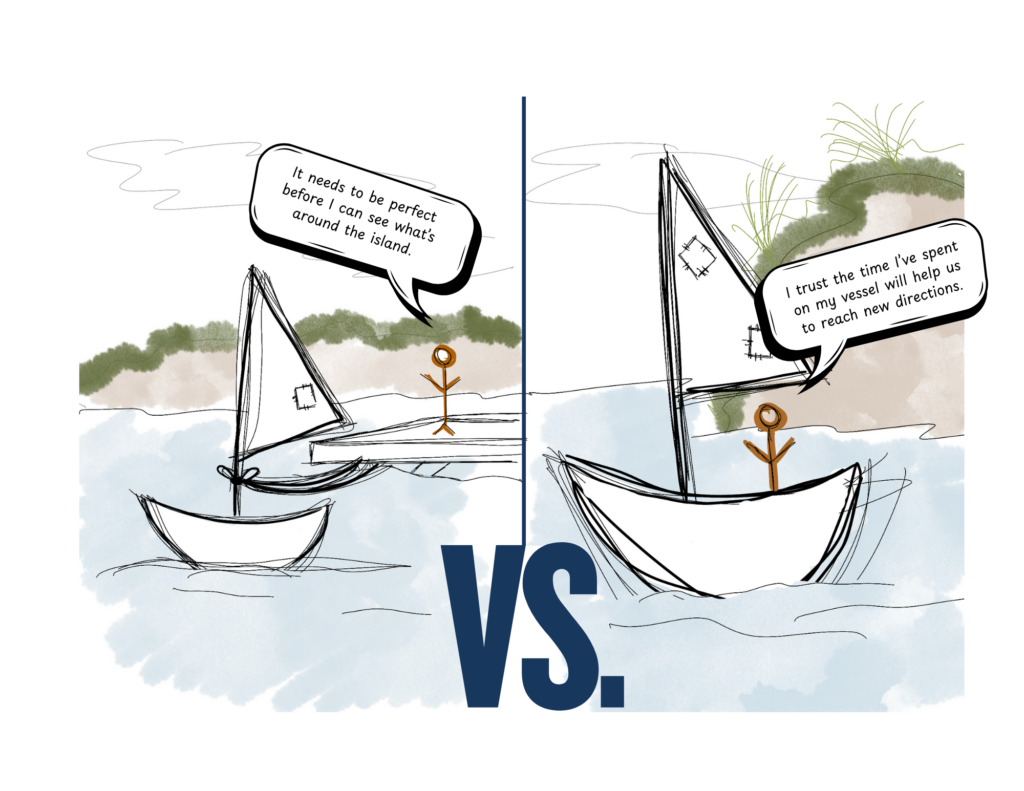“Blessed are the flexible, for they shall not be broken.” – Pastor Chuck Smith
The year is 10,000 BC. (A throwback, I know.)
You are thriving in your cave- all the rage at the time- and have developed a sharpened ability to sprint long distances across uneven terrain. A product of the surrounding environment, your quick feet allow you to escape wild predators, as well as chase your next meal. This agility not only determines the outcome of your day to day, but it is the crucial key to your survival.
While we may not live in caves in the 21st century or face the possible fate of being stepped on by a Woolly Mammoth when we wake up in the morning, humans have had to develop a different type of agility to stay afloat in the hustle of modern life.
Bringing us to our second installment of our Energy Influencer series, this week will highlight mental agility- what this means for High-Performing Leaders like professional fathers, how to refine the skill, and why this is such a weighted influencer on the internal battery.

Mental Agility: Defined
Much like athletic agility requires a level of intense stamina, mental agility is the ability to shift perspectives, respond effectively, and pivot with purpose within a moment’s notice.
The reality of professional fatherhood is that flexibility is your superpower. You’ll be pulled into a last-minute meeting where you are expected to be creative, professional, and social with no prior heads-up, or you may receive a call from the school nurse that your child needs a parent to come pick them up. Balancing the professional world with the personal one is like a Choose-Your-Own-Adventure- just less “`choosing”, and heavy on the “adventure.”
Maintaining the ability to move swiftly and make decisions with clarity is possible with intentional changes to a daily routine.
Work In Practice
Just like the fictional Rocky Balboa wouldn’t have been able to keep up with reigning champion Apollo Creed without training daily, mental agility is a skill that is built upon. Using Vitality Leadership’s version of the Philadelphia Museum of Art front steps, these tactics below will not only create a smoother 24-hours, but will train your brain to make more space for clear and crafty thinking.

ORGANIZATION
While it can often seem like a given, organization plays a significant role in maintaining a nimble mind. Think of a messy desk space. That classic phrase “It’s cluttered, but I know where everything is” only becomes an issue when an outside individual is looking for an item within the jumble.
This same principle applies to the human mind! When we are at our most energetic, organizing our thoughts into more concrete ideas can feel so natural. Creative juices flow and before we know it, it’s time to move on to the next task of the day. Putting a pin in that innovation brainstorm, when we leave all of those ideas in our head without materializing the thoughts in some form, we become that “outside individual” later in the day when we are at a lower energy.
It can become harder to pick-up where you left off without some form of guidance from your more energetic, past self.
Some of the world’s greatest innovators have adopted the habit of journaling by carrying around a small notebook to have on hand whenever creativity strikes (I’m looking at you Thomas Edison.) This allows the future version of yourself, who may be running at low battery at the given time, to spend more seconds producing rather than trying to backtrack the thought process from earlier.
Additionally, understanding your energy rhythms is a game changer when it comes to daily planning. Programs like Cloverleaf use questionnaires to best understand your peak performance times and present you with a panel of your most productive hours. Leaders can use this information to better prepare for more creative moments, understand the ebb and flow of their team’s energy battery, and anticipate those energy crashes throughout the typical 9-5.
THE MOVING-ON MANTRA
A colleague of mine recently attended a lecture by Mia Cinelli, Assistant Professor of Digital Design at the University of Kentucky. Speaking on the importance of failure, Cinelli emphasized the effect of the “Sunk Cost Fallacy” on the modern human brain.

Photo Credit: SlideBazaar
When we put so much time and energy into a given idea, we become more and more reluctant to abandon that course of action when it isn’t working- even when that might be the more beneficial route. Not all ideas are going to totally pan out to the point of complete success- and that is completely okay! Trial and error is the only way to truly know when to change course and pivot with purpose.
Take inventory of how much time your team is spending on given tasks and determine a course of action.
- Could the team’s skills be utilized on a larger project?
- Is the argument for keeping up with a given project solely because of how much time we’ve already spent, or is there a concrete reason we are pushing this forward?
- What will we gain from exploring this (idea/project) further?
LOOSENING THE GRIP
Arguably one of the most difficult skills for a great leader to harness is the ability to let go of control. When we feel the need to oversee every aspect of a project, innovation dwindles.
A client once expressed to me that they felt like they were trying to keep a boat afloat — constantly repairing every aspect of it while tied to the dock — but it never set sail. It’s human nature to want life to go as perfectly as we can possibly achieve, and that same mindset carries over to the office. While it may be true that a project will go perfectly with a leader’s intervention, the project can still become a solid, crafted, floating ship… tied to the dock with nowhere to go.
It reminds me of the story of King Jehoshaphat, who built an entire fleet of ships designed for treasure and trade — but they were wrecked before they ever left the harbor. Why? Because the alliance behind the project wasn’t aligned with purpose or integrity. The ships looked good. The plan made sense. But without alignment, they were destined to fail — no matter how seaworthy they appeared. Just like in leadership, it’s not enough to build something that floats… it must also move in the right direction, with the right energy behind it.

When we release the grip on our set vision for the outcome and allow others to incorporate their own ideas and experiences, the boat sets sail. Companies start to take a new direction, reach new audiences, or simply create a better inter-office culture. Circling back to the Cloverleaf program referenced above, when you use the available tools to better understand your team’s work habits and skills, effective delegation becomes second nature.
The Internal Battery Effect
In today’s high-speed world, mental agility stands as both a powerful energy influencer and a delicate balancing act for our internal battery. Like any energy source, it requires thoughtful management to avoid burnout. By embracing mental agility and working towards a clear mind for more flexible decision making we can harness its full potential to stay energized and focused. Tending to your well-balanced mind is the secret to powering through life’s challenges with grace and grit.
Honing in on your own mental agility? Check out these professionals who are using mental agility to become stronger, balanced, and empathetic leaders.
